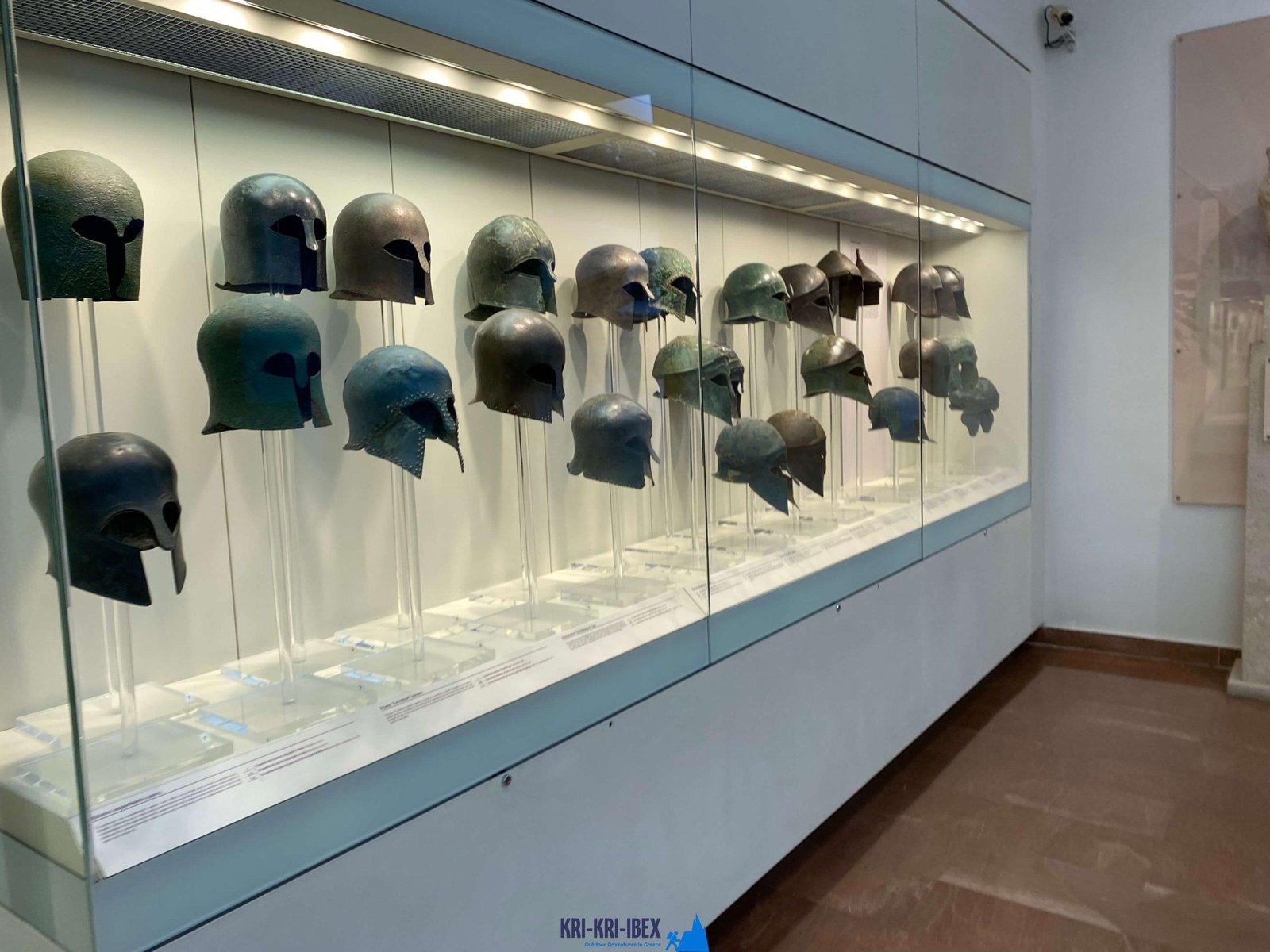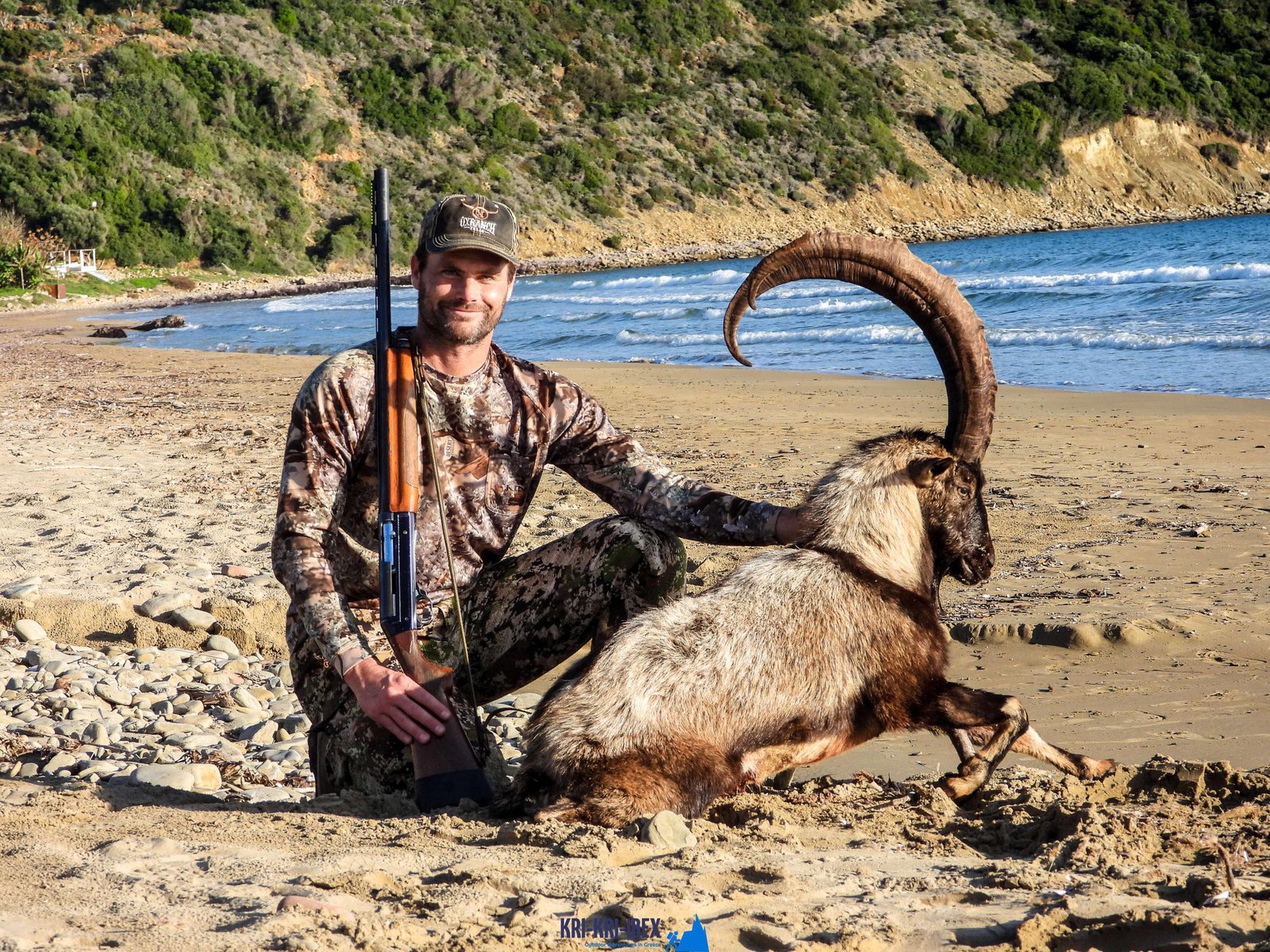The Most Effective of Greece: A Hunting and also Touring Peloponnese Tour from Methoni
The Most Effective of Greece: A Hunting and also Touring Peloponnese Tour from Methoni
Blog Article

The Peloponnese peninsula on the Greek Mainland is frequently described as the 'actual' Greece. This is due to the fact that it has managed to remain reasonably untouched by mass tourism as well as keeps much of its traditional appeal. If you're seeking a genuine Greek experience, then Peloponnese is the location for you. And what better method to discover this stunning region than on among our outside searching, fishing, and cost-free diving trips?

Greece is a lovely country with lots of possibilities for visitors. There are sensational beaches, old damages, as well as tasty food to delight in. In addition, there are several activities available such as walking, biking, and skiing. Greece is the best destination for any person seeking a getaway full of experience and also excitement.
On our Peloponnese trips, you'll reach experience all that this impressive area needs to offer. We'll take you on a trip of some of one of the most historical and also attractive websites in all of Greece, including old damages, castles, and much more. You'll likewise reach experience several of the conventional Greek culture firsthand by appreciating a few of the scrumptious food as well as wine that the region is understood for. As well as of course, no trip to Peloponnese would be full without a dip in the shimmering Mediterranean Sea! Whether you're a skilled hunter seeking a novice traveler or a brand-new journey just seeking to check out Greece's stunning landscape, our Peloponnese tours are best for you. So what are you waiting for? Book your journey today!
If you are looking for a genuine Greek experience away from the hustle and also bustle of tourist then look no further than Methoni in The Peloponnesos! Our exterior searching for Kri Kri ibex, fishing, totally free diving and also touring Peloponnese trips from Methoni are the excellent way to explore this gorgeous location at your very own pace with like minded people. Call us today to schedule your place on one of our excursions.
What is the diference between Kri Kri ibex, Bezoar ibex and hybrid ibex
The kri-kri is not thought to be indigenous to Crete, most likely having been imported to the island during the time of the Minoan civilization. Nevertheless, it is found nowhere else and is therefore endemic to Crete. It was common throughout the Aegean but the peaks of the 8,000 ft (2,400 m) White Mountains of Western Crete are their last strongholds–particularly a series of almost vertical 3,000 ft (900 m) cliffs called ‘the Untrodden’—at the head of the Samaria Gorge. This mountain range, which hosts another 14 endemic animal species, is protected as a UNESCO Biosphere Reserve. In total, their range extends to the White Mountains, the Samaria National Forest and the islets of Dia, Thodorou, and Agii Pandes.
This Ibex is NOT a diminutive form of the Bezoar Ibex, which has migrated into the western-most reach of the range of this species. The kri – kri (Capra aegagrus cretica), sometimes called the Cretan goat, Agrimi, or Cretan Ibex, is a feral goat inhabiting the Eastern Mediterranean, previously considered a subspecies of wild goat. The kri-kri has a light brownish coat with a darker band around its neck. It has two horns that sweep back from the head. In the wild they are shy and avoid tourists, resting during the day. The animal can leap some distance or climb seemingly sheer cliffs.
“The agrimi goat Capra aegagrus cretica is unique to Crete and its offshore islands. It has been identi®ed as a sub-species of the wild bezoar goat Capra aegagrus aegagrus Erxleben, 1777, which it closely resembles in horn shape, body form and coloration. This classi®cation has been disputed by some researchers who claim that the agrimi are feral goats, derived from early domestic stock brought to the island by the ®rst Neolithic settlers. In order to clarify this issue, DNA analyses (cytochrome b and D loop sequences) were carried out on tissue of live and skeletonized agrimi and compared to sequences of wild and domestic caprines. Results conclusively show the agrimi to be a feral animal, that clades with domestic goats (Capra hircus) rather than with wild Asiatic bezoar. This study demonstrates that morphometric criteria do not necessarily re¯ect genetic af®nities, and that the taxonomic classi®cation of agrimi should be revised.”
Report this page